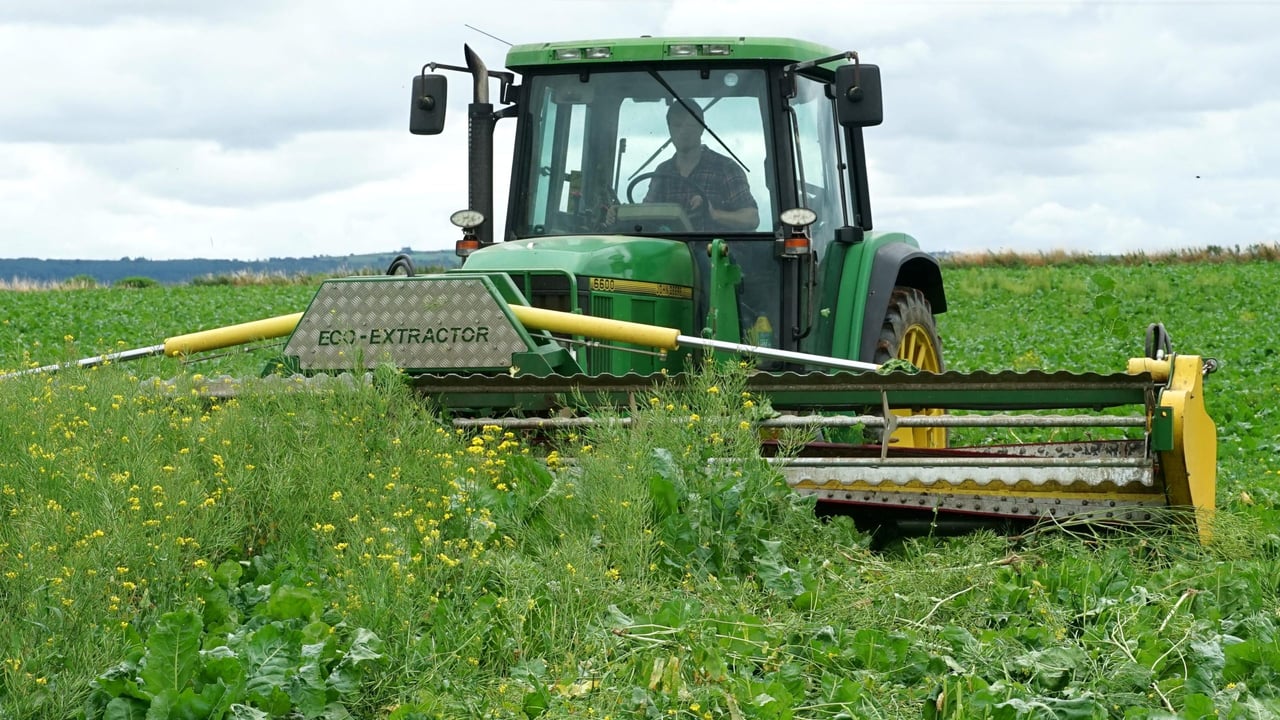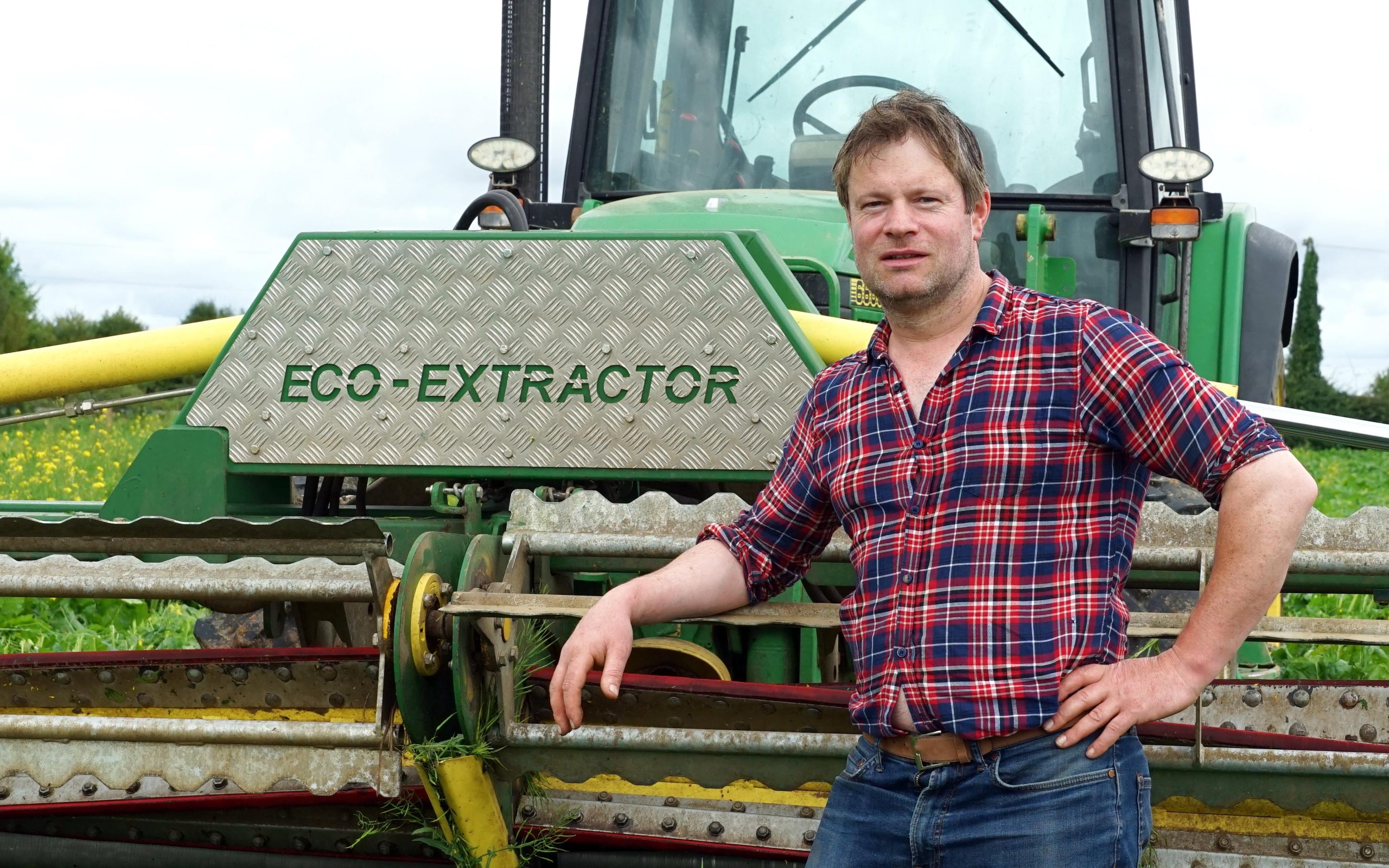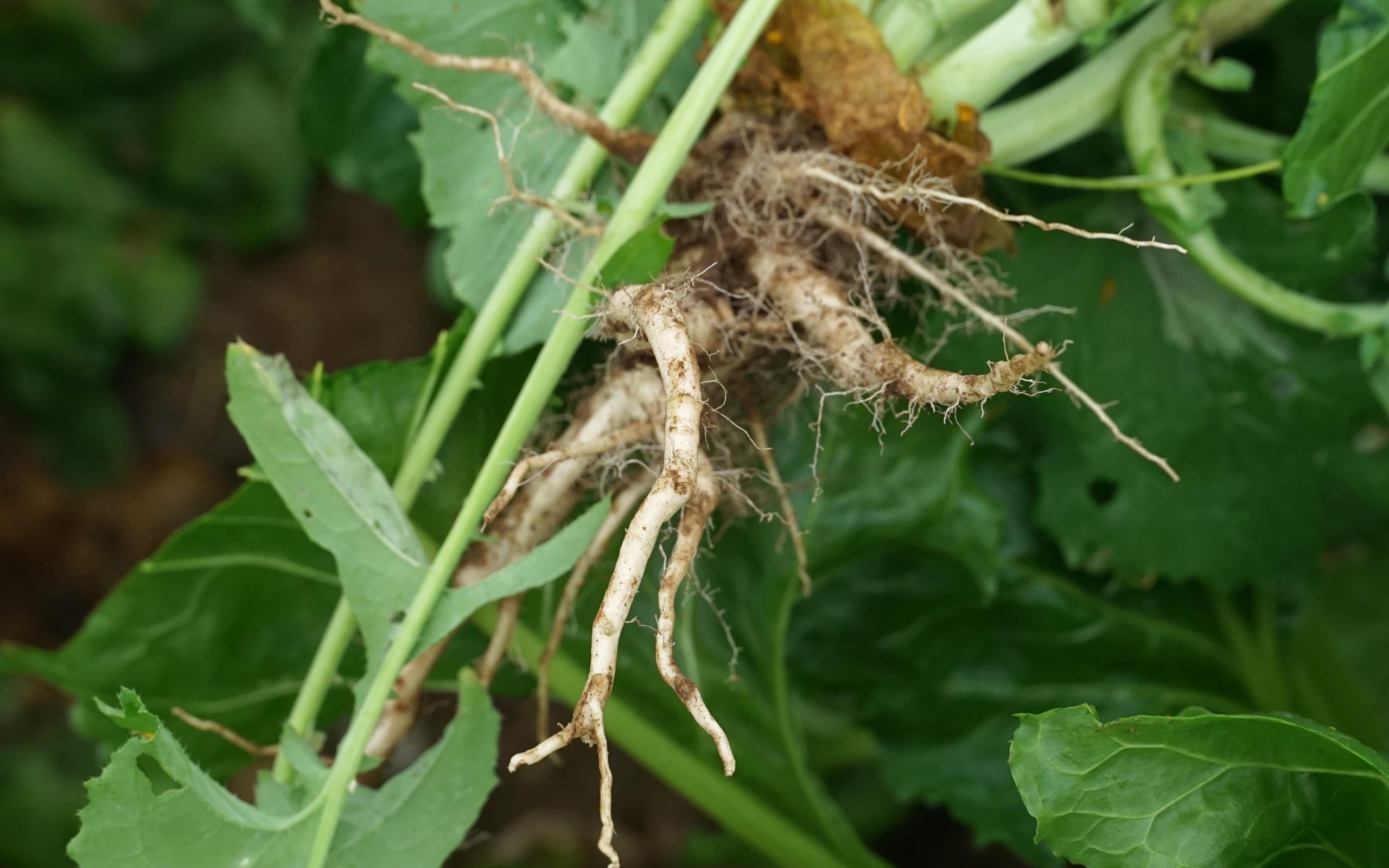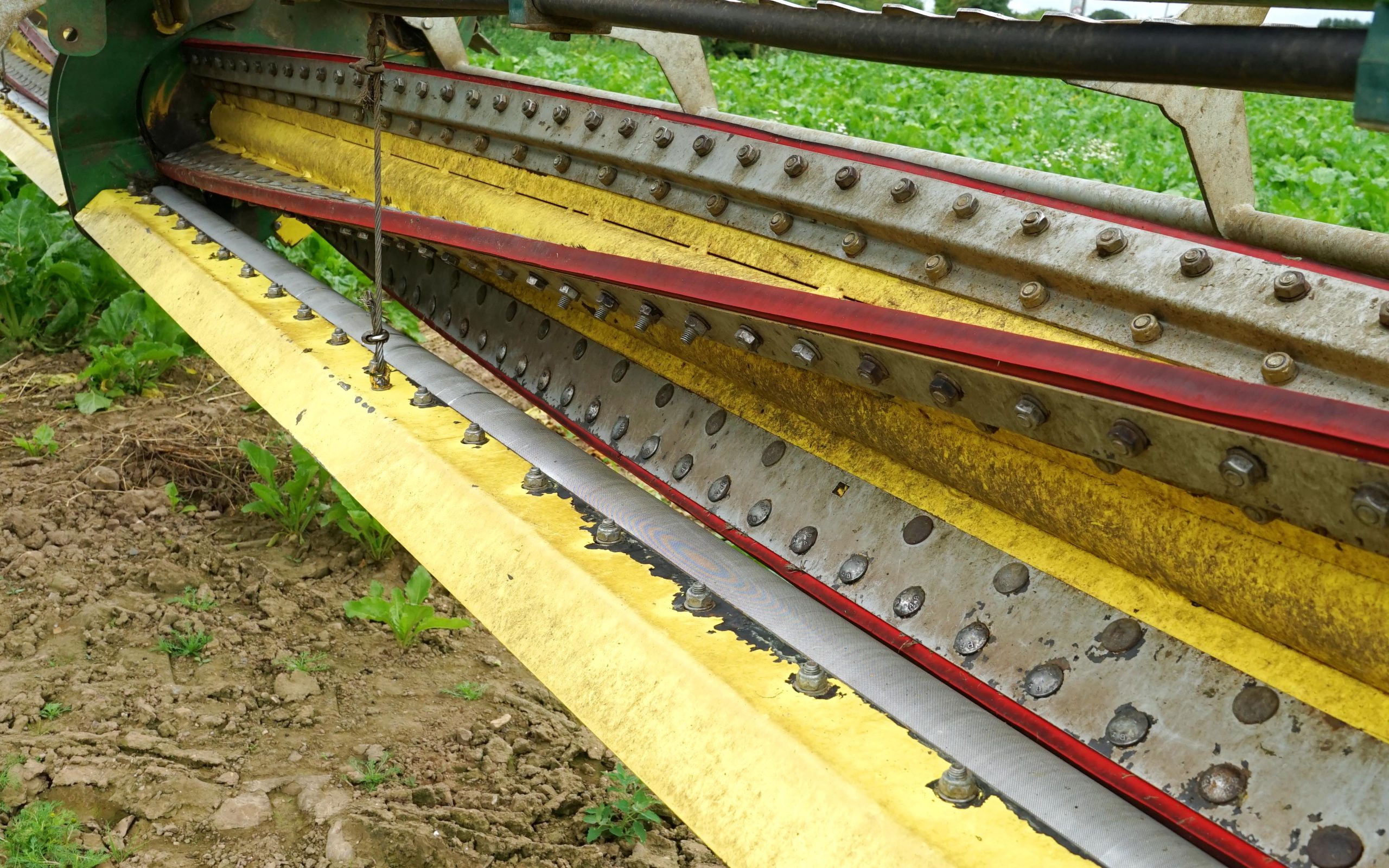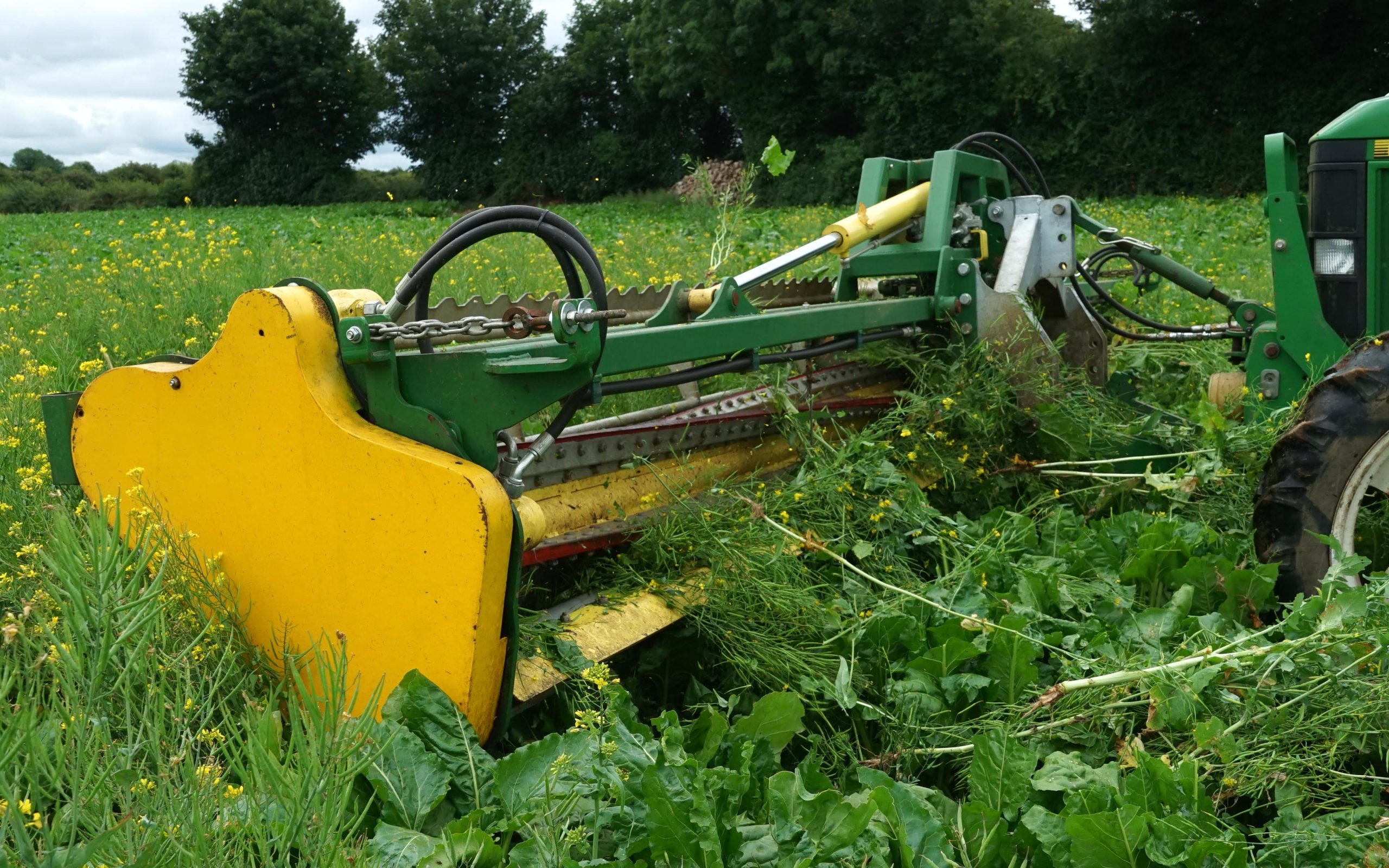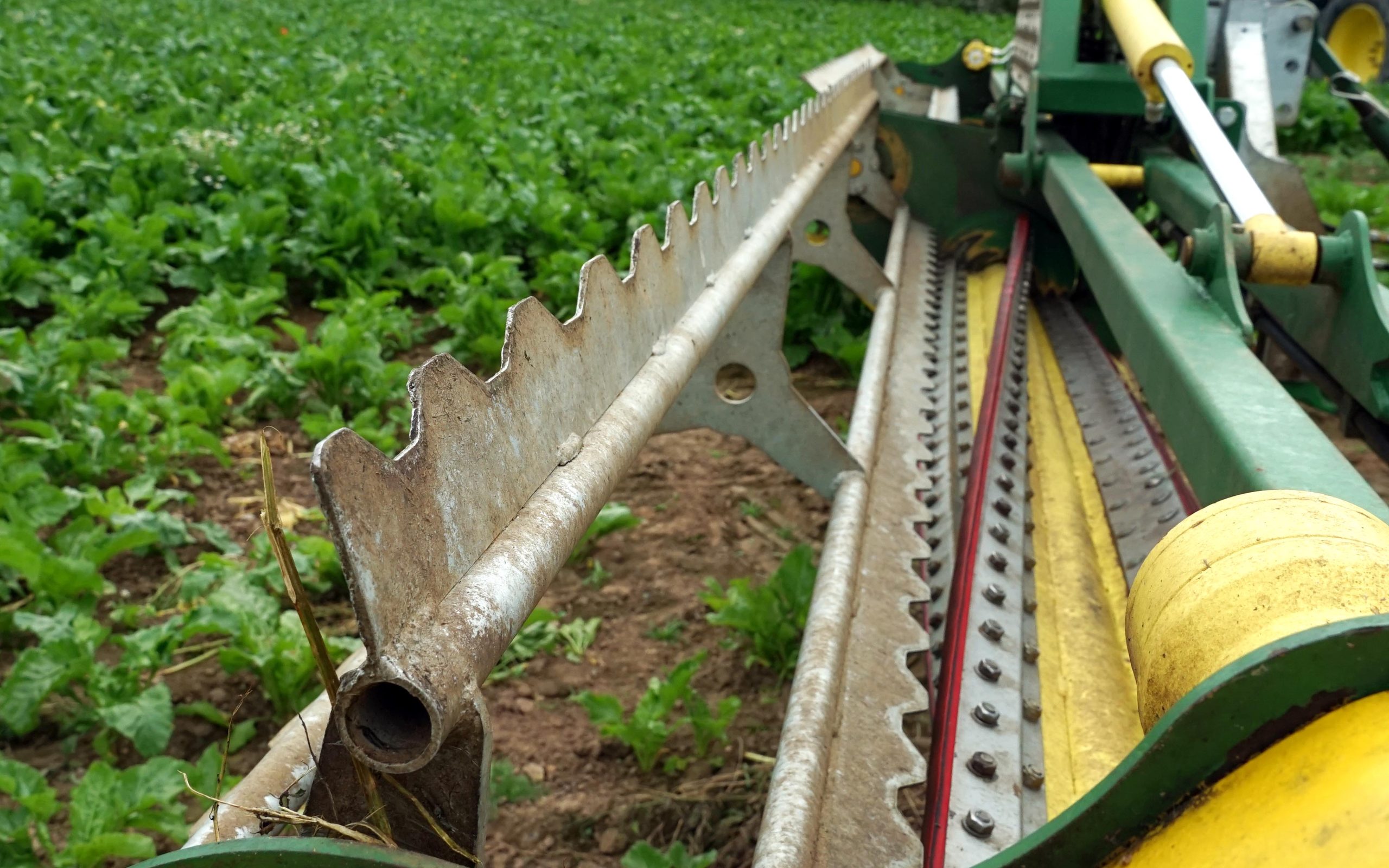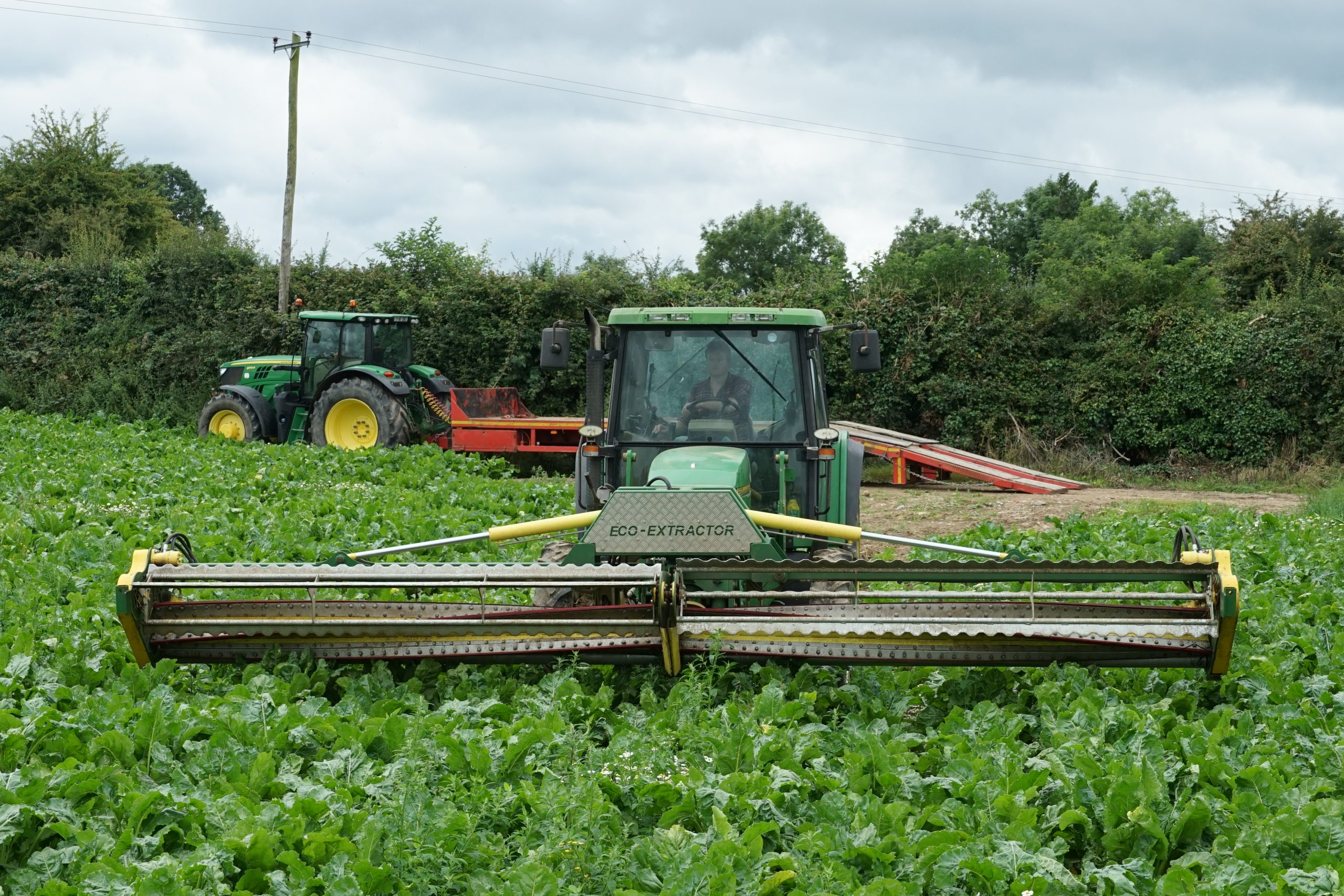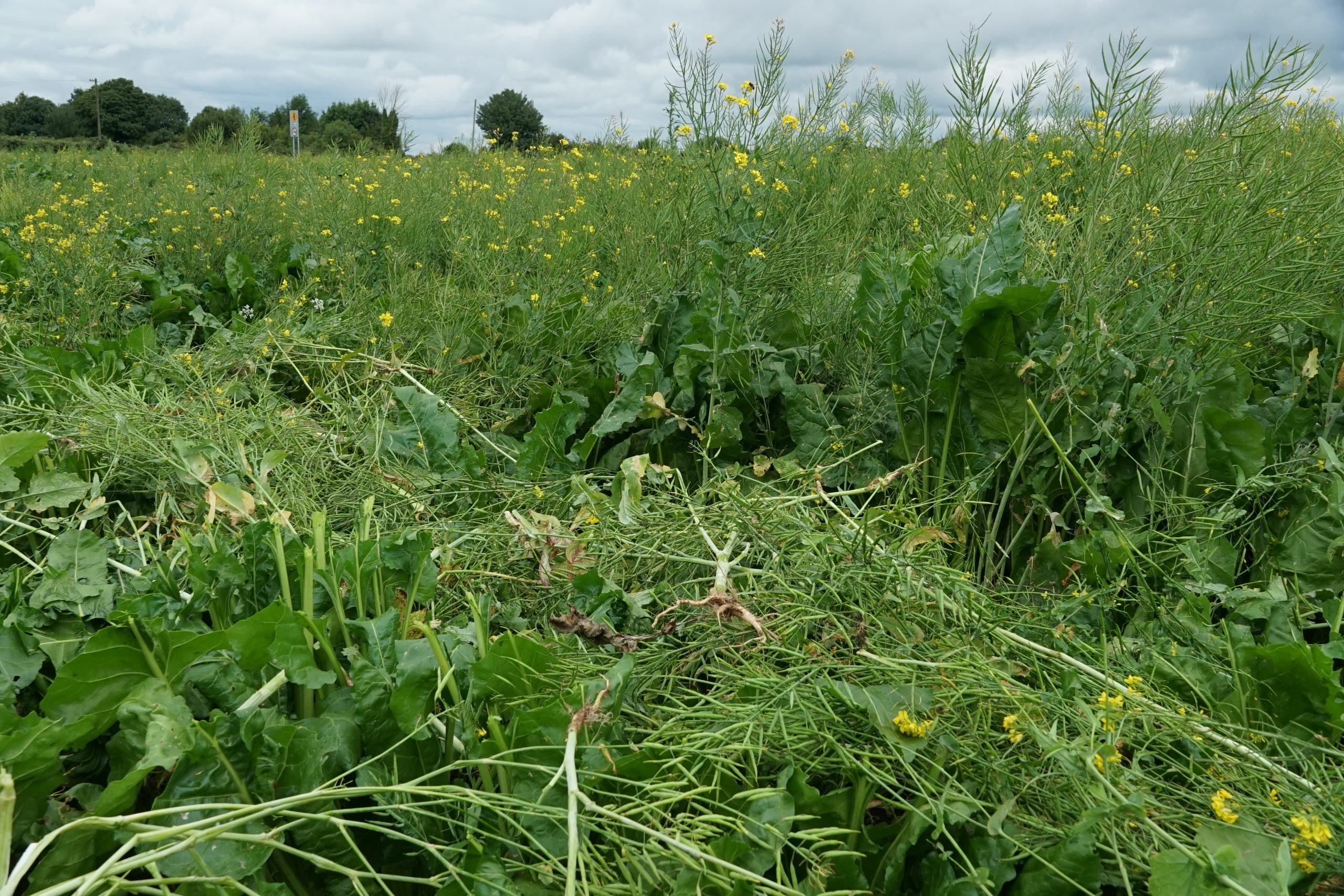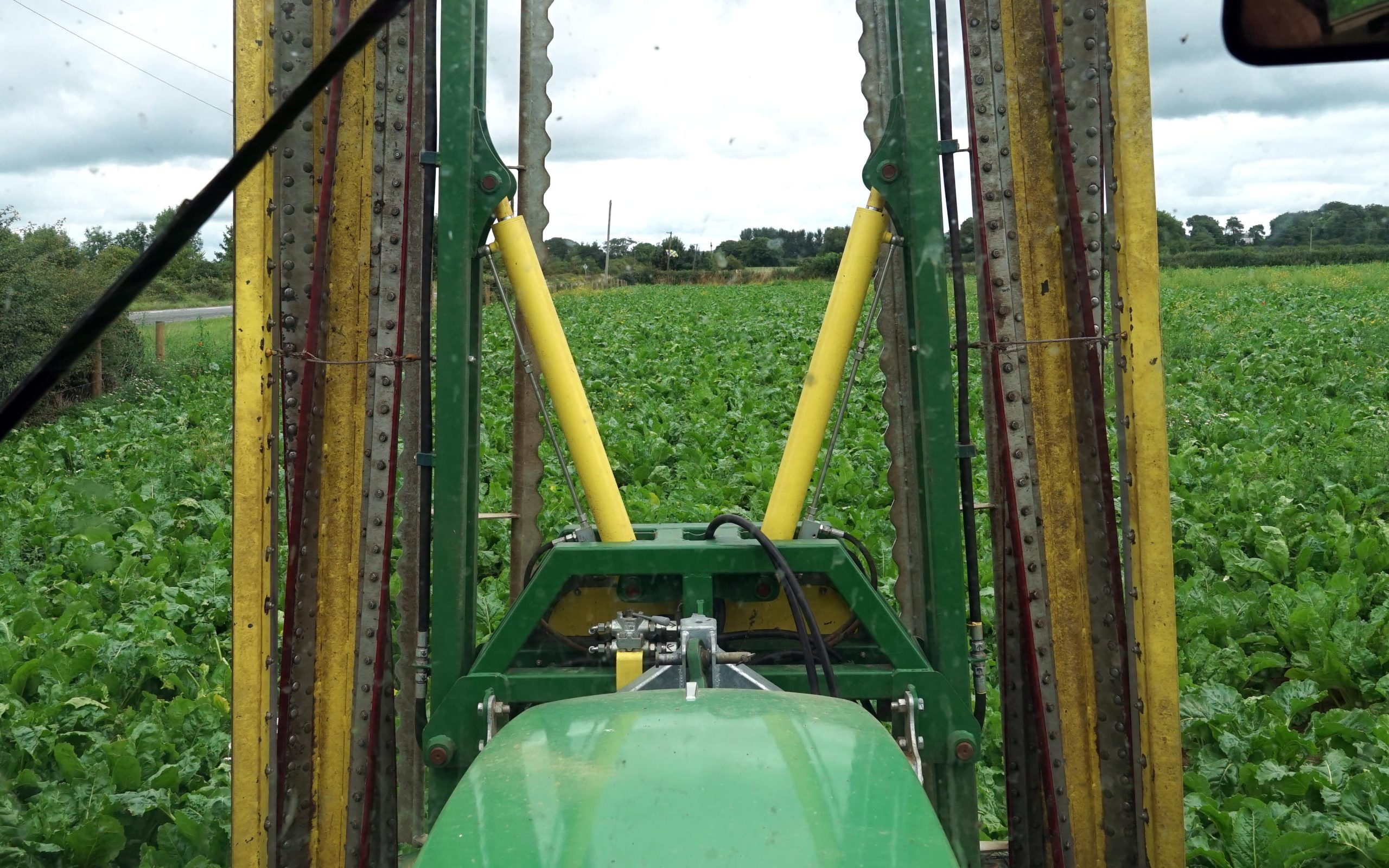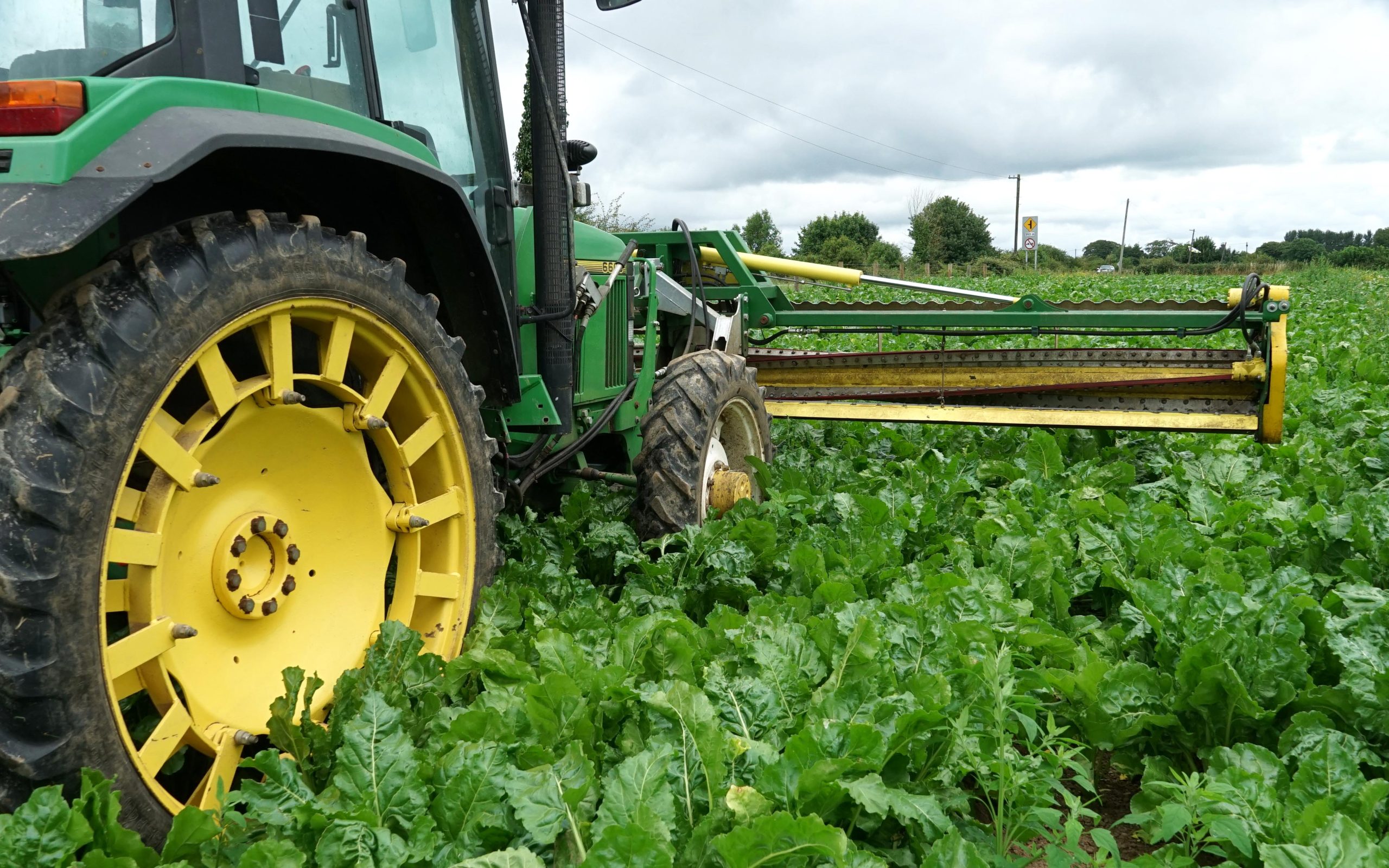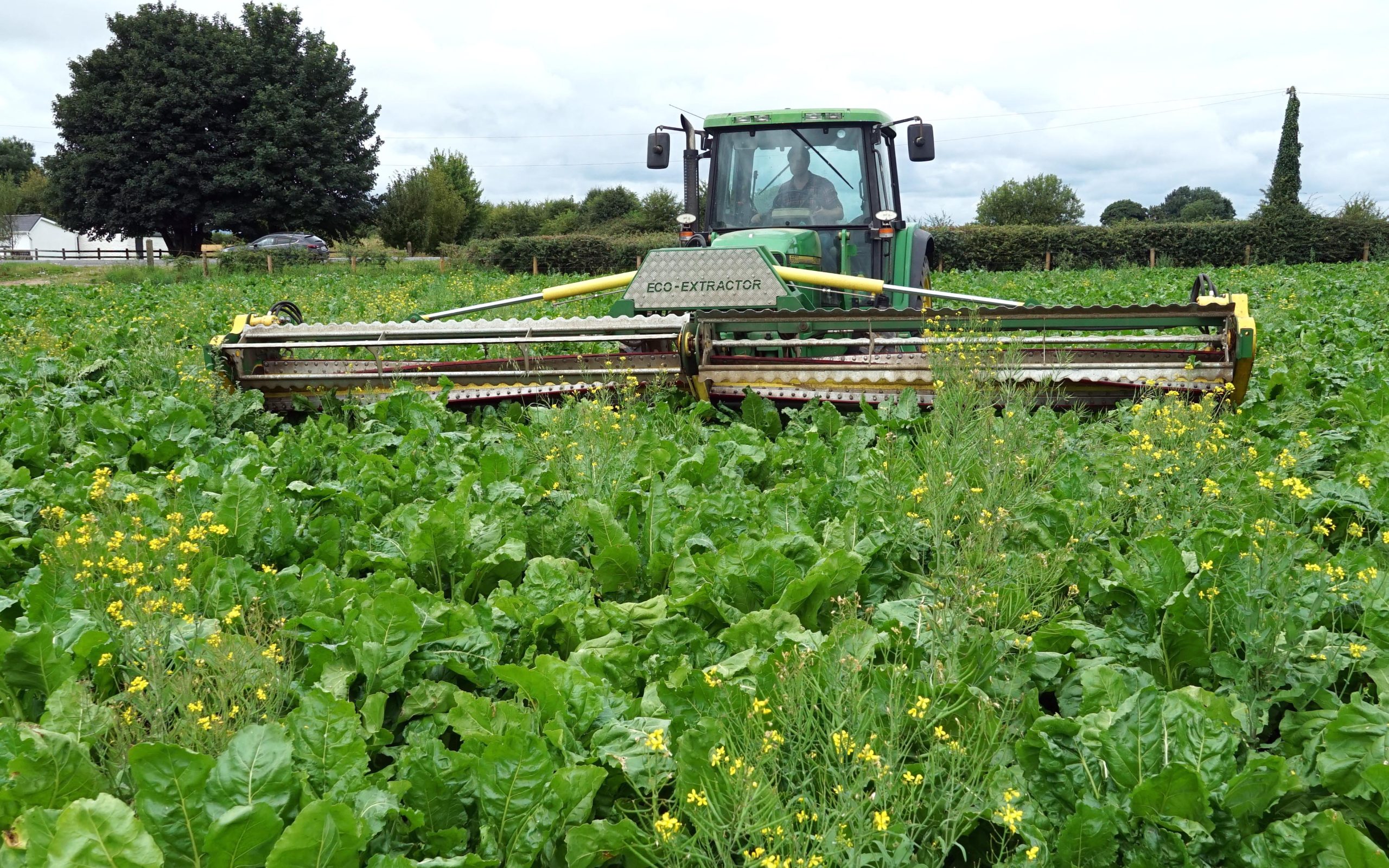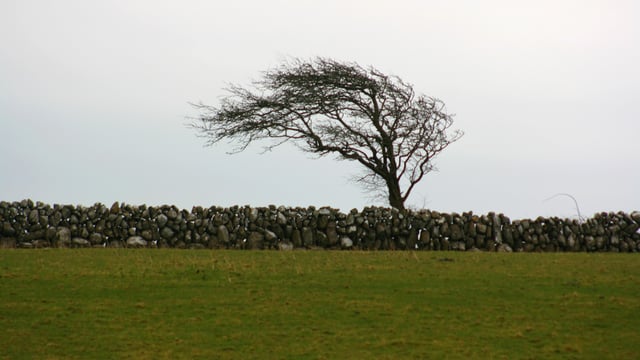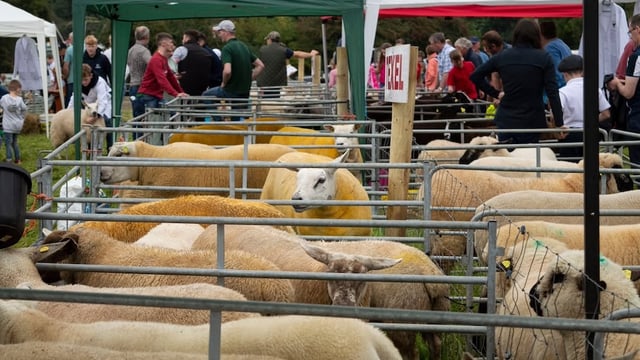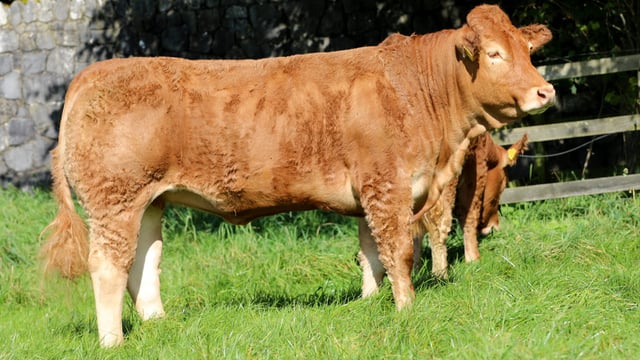Eco-Extractor: Irish innovation in mechanical weeding
Robert Campion of Campion Steel Engineering invents machine to tackle weeds
Farming is full of inventive people who often enjoy the advantage of having the facilities to bring their ideas to life and a testing ground on which to develop the prototypes.
A good knowledge and experience of engineering can also be helpful.
This is the situation with with Robert Campion of Campion Steel Engineering, who is otherwise known as the man behind the Campion Beet Washers, a loader-mounted implement for cleaning beet.
With his latest machine, he has turned his attention to mechanical weeding at the request of a fellow farmer in Kilkenny, Ben Colchester, who - being an organic grower - was looking for a mechanical ways to deal with charlock.
After some development work, Robert has come up with what he calls the Eco-Extractor, an implement designed for the front linkage of a tractor that physically pulls the weed from the ground.
By doing so, it also brings up the roots, ensuring that the plant is killed off completely with no risk of re-growth.
The machine also works particularly well with bolters or wild beet, according to Robert, taking them out with ease.
He envisages that this will become a major use of the machine.
The Eco-Extractor method is ideal for not only organic growers but anybody else looking for a method that destroys weeds with a high degree of success.
Presently the machine is being used within tillage crops but Robert believes it has potential for docks in grassland with further adaption.
The machine itself works on a deceptively simple principle of gripping a plant stem between a rubber block and a roller and giving it a sharp tug to uproot it.
The plant then passes through the mechanism, which crimps it along the way before leaving it on the crop behind where it may wither in the sun, a process accelerated by the crushing effect of rubber and roller.
The machine appears to work well, and from the contract work that Robert as so far undertaken in various beet crops, he has some pointers as to its most efficient use.
It was assumed that the machine would work best when the ground is soft and the weed roots most easily dislodged.
However, Robert has found that this is not always the case as if the crop is damp, the weed stems are softer and more liable to break.
It is also the case that when stems are filled with sap, the machine's grip is reduced due to the lubrication properties of the plant juice, so hitting the weeds at the right time can be crucial to its success.
The window of opportunity in which to use the machine will vary considerably and it may not be that narrow, as so much depends on the crop type, weed species, and stage of growth.
However, where the machine has been working, it is highly effective with kill rates of 85-90 % being achieved, according to Robert.
The three main working components are: first, the rubber block which looks like a large blade that spirals around a roller.
This turns at the same peripheral speed as the second component, a smaller plane roller against which the rubber block is pressed.
The pressure is adjustable, and further refinement of the machine will see this done by a turnbuckle arrangement at the end of each arm.
The reel and the gripper roller are powered by the same motor. All four motors are driven off the one hydraulic circuit connected to the rear of the tractor, although if the front linkage has its own hydraulic ports then they too can be used.
Although the power demand is not great, the unit does weigh 630kg so a reasonably sized tractor that will be able to give some stability to the machine is recommended.
An oil supply of at least 60L/minute is required at a pressure of 2,500psi. Forward speed is progressive rather than rapid - a hectare an hour should be considered the normal work rate.
This is not the quickest of machines, yet in many crops the weeds occur in patches so whole fields do not always have to be covered.
Docks in grassland, for instance, usually occur in clumps, so it will be a matter of driving between them rather than covering every inch of the field.
The working width is 6m and for transport it folds to 2.6m, which does restrict vision through the two arms when on the road, but not hugely so. In future, rear mounted models may become available.
For now, it remains an implement for the front links, where it can be seen by the operator and adjustments made to its operating height as it passes over the crop.
Given the relatively short development time, the Eco-Extractor was working impressively well on the day that Agriland visited it in Co Kilkenny.
One small drawback to the system was that it was pinching the tops of the beet leaves as it was grabbing the weeds, yet to run it above the canopy and at the level of the tallest beet leaves would leave many weed plants in the ground.
The success of this machine is due to the engineering experience and ability of Robert.
It is no amateur creation and he has taken out the appropriate patents.
The Eco-Extractor is now ready for full production and fits in well with the manufacture of the wash buckets, both being seasonal products.
As yet, there are no firm plans in place for a distribution network here in Ireland, that will come in time.
However it does once again show how Ireland punches well above its weight when it comes to the development of farm machinery.
The Eco-Extractor may not immediately find its true home here in Ireland - the continent is way ahead in its appreciation of mechanical weeding.
This invention will fit in well with the organic ethos more commonly found in Germany, France, and The Netherlands.

